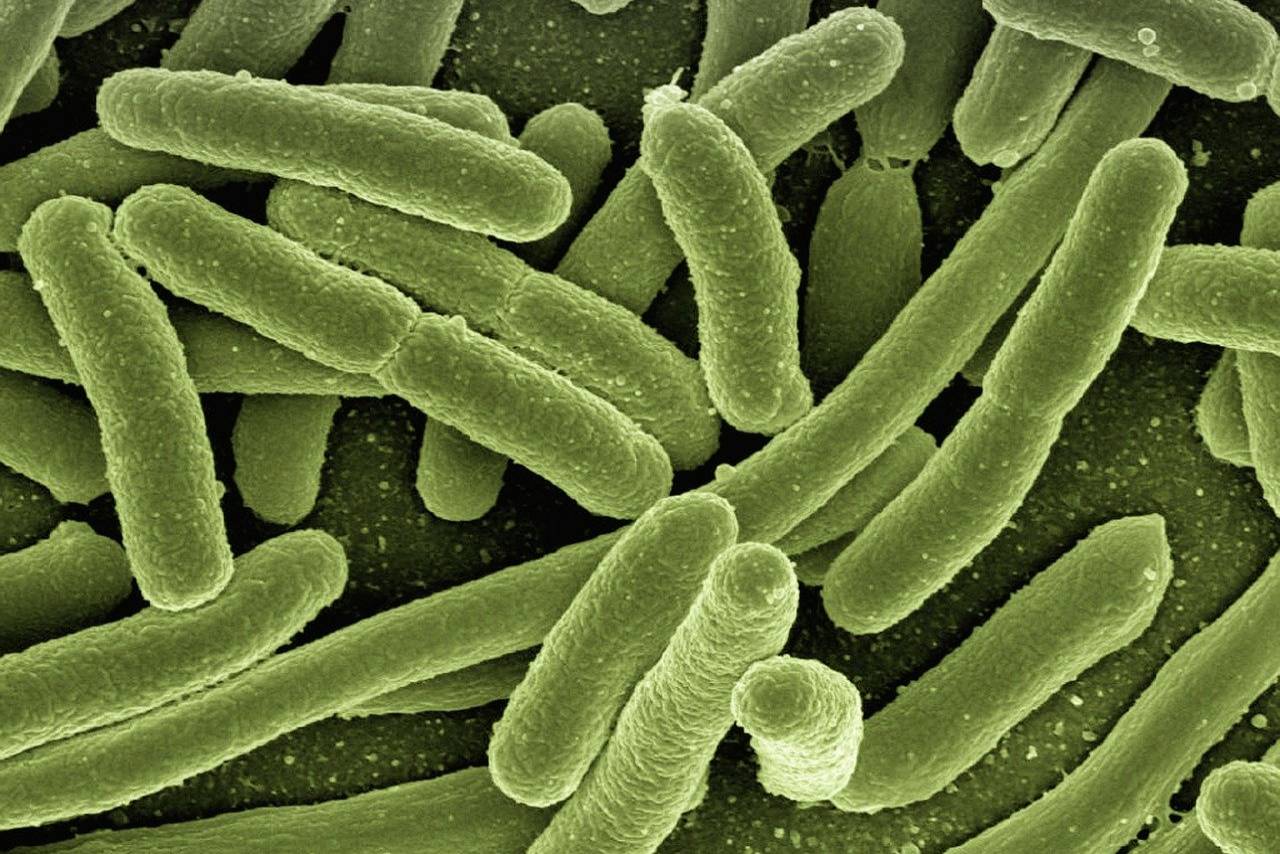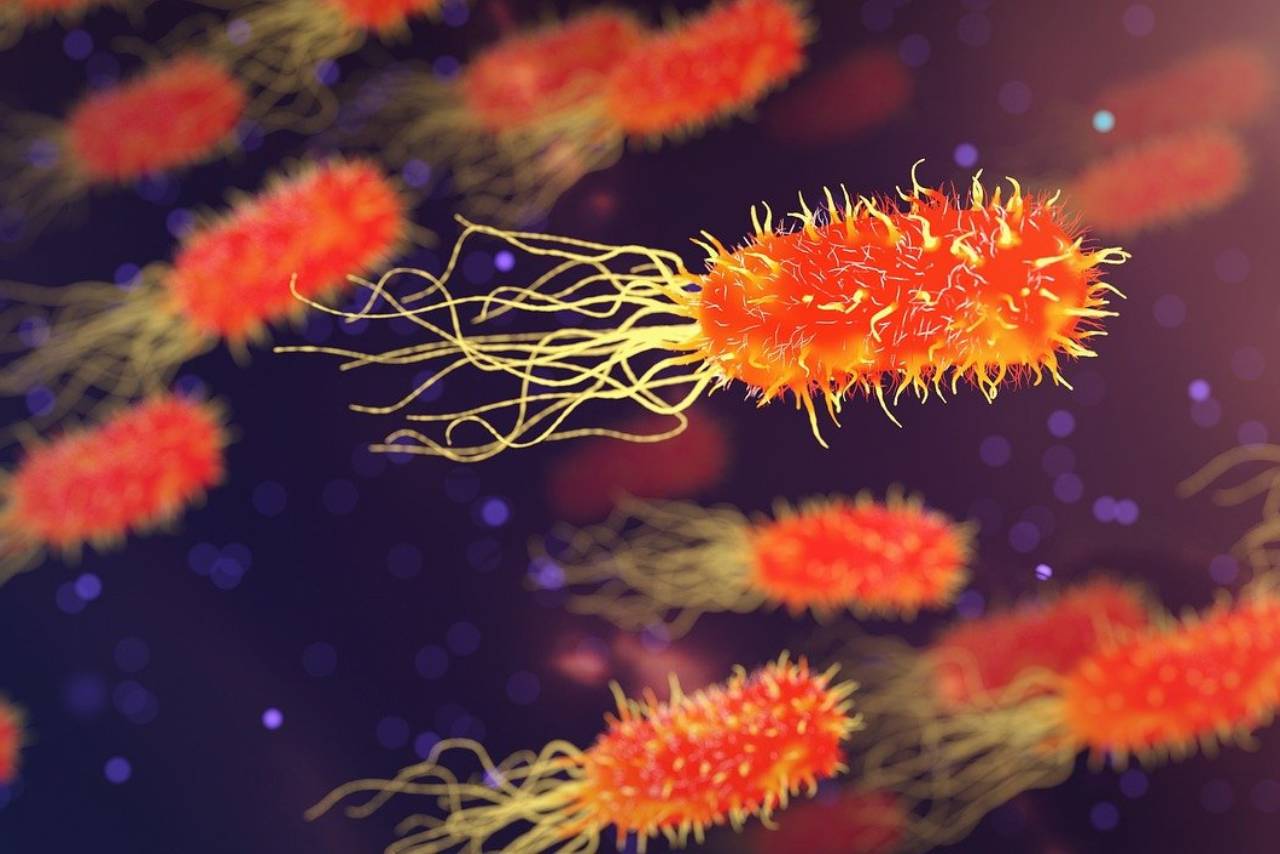All Things Cross Contamination
Avoiding cross contamination is crucial to preventing food poisoning and foodborne illness outbreaks.

What is Cross Contamination?
There are various different methods of cross contamination that can occur throughout the food supply chain. In the broadest terms, cross contamination is defined as the unintentional transfer of harmful matter from one object to another.
Each year 600 million people around the world are estimated to contract a foodborne illness. By avoiding cross contamination many of these cases of foodborne illnesses could have been avoided completely.
The process of serving safe food is simplified when adhering to established food safety guidelines. Additional best practice tips including hand washing and food storage techniques help your restaurant always serve safe food to your customers.
Preventing cross contamination not only decreases the risk of food poisoning for customers but it also potentially avoids expensive food safety compliance violations and even potential business shutdowns. Understanding how harmful bacteria spread and providing customers with safe food should always be a restaurant's top priority.
Although many people wrongly assume that cross contamination occurs solely at a restaurant establishment, there are various points in the food supply chain to be wary of including-
- Food storage
- Food preparation
- Handling food
- Food distribution
- Transporting food

Types of Foodborne Illness
Although there are 250 known forms of food poisoning, only a few are responsible for the vast majority of foodborne illnesses. In fact, 90% of all foodborne illnesses are caused by a handful of pathogens, including the pathogens listed below-
1. Norovirus- The cause of 5.4 million food poisoning cases each year, the norovirus is easily transmitted through cross contamination or directly from one person to another. Norovirus is incredibly resilient, surviving in extreme temperatures and even resistant to some common disinfectants.
Tips to prevents norovirus include-
- Handwashing with hot soapy water for at least twenty seconds especially after using the restroom.
- Rinsing fruits and vegetables thoroughly and cooking seafood properly. These food types are the most frequently contaminated by norovirus.
- Not coming into your restaurant job if you are sick or think you might be sick.
- Using a bleach-based household cleaner for cleaning and sanitizing food preparation equipment and surfaces.
Tips to prevent salmonella include-
- Washing hands and surfaces with warm soapy water before and after food preparation.
- Make sure cooked food is at a safe internal temperature.
- Avoid unpasteurized milk and other high-risk foods.
- Food storage that keeps ready to eat and cooked foods separated.
Tips to prevent clostridium perfringens include-
- Checking cooked foods with a food thermometer.
- Serving food within two hours after cooking.
- Keeping cooked food in a buffet setting at the proper temperature.
- Food storage of leftovers in shallow containers.
The Three Types of Cross Contamination
The three main types of cross contamination include food to food, people to food, and equipment to food. Food industry professionals should know the difference between these three contamination types.
1. Food to food cross contamination- When contaminated foods make contact with noncontaminated foods, harmful bacteria can proliferate rapidly. Foods that have an especially high bacteria spread risk include-
- Raw meat
- Leafy green fresh produce
- Raw poultry
- Raw seafood
- Deli meats
- Unpasteurized milk
- Soft cheeses
There are so many food safety tips to consider, from correct food storage to food allergies being considered. Safe food preparation also has many best practice techniques, from using separate containers for different food products to double-checking cooked foods for proper internal temperatures.
2. Equipment to food cross contamination- Harmful bacteria can survive on surfaces for extensive amounts of time. Safe food preparation includes cleaning kitchen surfaces and utensils with hot soapy water consistently and thoroughly.
A common instance of equipment to food cross contamination is through cutting boards. When raw meat is cut on the same cutting board as fresh produce there can be residual harmful bacteria transferred from one food product to another via the cutting board used.
Preventing cross contamination necessitates washing the cutting board with hot soapy water after using it for the raw meat and before the fresh produce.
It is best to use separate cutting boards for separate food product types whenever possible. When cutting boards develop grooves that are difficult or impossible to properly clean it is time to replace them.
Studies have shown that older people are less likely to use hot soapy water on their cutting boards after preparing raw meat while younger people are largely uneducated about cross contamination risks. To decrease foodborne illness, all age groups need to understand the importance of preventing cross contamination.
3. People to food cross contamination- A 2019 study found that only 58% of people wash hands before cooking or preparing food. Disturbingly, only 48% of people reported washing hands after sneezing or coughing.
Washing hands with hot soapy water for at least 20 seconds is the most effective way to avoid cross contamination. Make sure to wash hands not only before preparing foods but also between handling different food product types.
Cross contamination can also occur through a persons' clothing or even after contact with a cell phone. Even after proper handwashing, wiping your hands on a dirty washcloth can spread harmful bacteria from your person to a food product or piece of equipment.

Major Foodborne Illness Outbreaks
Foodborne illness outbreaks are devastating not only because of their economic implications but most tragically because of the suffering and loss of human life that they cause. Common symptoms of food poisoning include upset stomach, headache, diarrhea, and nausea.
Not only are these symptoms incredibly uncomfortable but they can cause an employee to have to miss work. Severe side effects to look out for include bloody stools, fever, and dehydration.
More severe side effects of food poisoning may require hospitalization for organ failure or even result in death. Higher risk populations include pregnant women, young children, immuno compromised people, and seniors.
A foodborne illness outbreak occurs when two or more people are sickened by the same food product. In 2019 the most common foodborne illness outbreak was due to cyclospora. Thankfully, no one died as a result of this foodborne illness oubreak, but 6 people were admitted to the hospital.
Several E.coli outbreaks of fresh produce, primarily romaine lettuce, resulted in multi-state foodborne illness outbreaks. A ground bison supplier resulted in E.coli spreading from Canada to the United States that required almost half of those infected to be admitted to the hospital.
The Real Damage of Cross Contamination
Serving safe food that is high quality is the top priority of most successful restaurants. The consequences of cross contamination and other food safety issues for a restaurant in both the short and long term can be disastrous.
The United States and other countries have spent extensive amounts of resources studying the consequences of food safety issues. Studies concluded that a fast food restaurant with a smaller scale foodborne illness outbreak could be responsible for paying anywhere from $4,000 to $2,000,000.
The average cost of foodborne illness outbreaks from a fast food and casual dining restaurants is $6,330 to $2,200,000. For a fine dining establishment, costs rise to an average range of $8,030 to $2,600,000.
A foodborne illness outbreak can cost your restaurant anywhere between 0.3-101% of your annual revenue. With most restaurants surviving on a razor thin profit margin, a foodborne illness outbreak can be enough to permentantly shut down your business.
Additional costs that are hard, if not impossible, to quantify include damage to your restaurant reputation and brand. Even a single food poisoning incident can be enough to discourage a customer from returning and spreading the word about their experience via an online review or within their personal network.
A publicized food outbreak can do even more damage, as many fast food chains in the United States have found out over the years When customers are not sure they will get safe food at your establishment they are likely to eat foods prepared by your competitors instead.

How to Prevent Cross Contamination
There are many proactive steps restaurants can take to decrease harmful bacteria proliferation and cross contamination. From purchasing raw food products to food preparation techniques, there are many best practice methods for optimal food safety.
Make sure to check expiration dates before purchasing a food product to decrease both food waste and the potential for foodborne illness caused by consuming an expired product. Use separate grocery bags for raw meat and eggs to avoid cross contamination.
Raw meat is a breeding ground for harmful bacteria and should always be carefully handled and stored. Storing raw meat low in the refrigerator in secure storage containers helps prevent it from leaking onto lower food products.
From cutting boards to countertops, all surfaces that come in contact with food products should be thoroughly santized. Consistently use hot soapy water for cleaning surfaces and washing hand to decrease harmful bacteria. Additionally, always make sure that dishclothes are clean to avoid recontaminating clean hands.
Cooking food until it reaches the proper internal temperature kills harmful bacteria and decreases food poisoning cases. Any refrigerated leftover foods should be used within 2-3 days and food storage guidelines should be strictly followed.
Restaurant owners may consider implementing a personal hygiene program to avoid unsafe food handling practices. Teaching kitchen staff to always use gloves and wash hands when handling food can help decrease the risk of cross contamination or food safety violations.
A great personal hygiene program will also cover proper work attire and personal hygiene to avoid person to food cross contamination from occuring. Make sure there are set policies in place to discourage staff members from coming in to your restaurant when they believe they may be ill.
Conclusion
- 600 million people globally each year contract a foodborne illness. Preventing cross contamination avoids many food poisoning cases, hospitalizations, and deaths.
- To avoid cross contamination, food industry professionals must practice a variety of food safety techniques. These food safety techniques range from extra caution when handling raw meat to using separate plastic bags at the grocery store to prevent juices from spilling onto foods outside their food type.
- There are 250 known food poising forms, but only a handful are responsible for 90% of all foodborne illnesses.
- The three types of cross contamination are food to food, equipment to food, and people to food.
- A foodborne illness outbreak is classified when two or more persons get sick from the same food product or beverage.
- A foodborne illness outbreak can cause massive financial consequences and even restaurant business failure.
- Various methods for decreasing cross contamination range from personal hygiene programs to handling raw meats with caution.